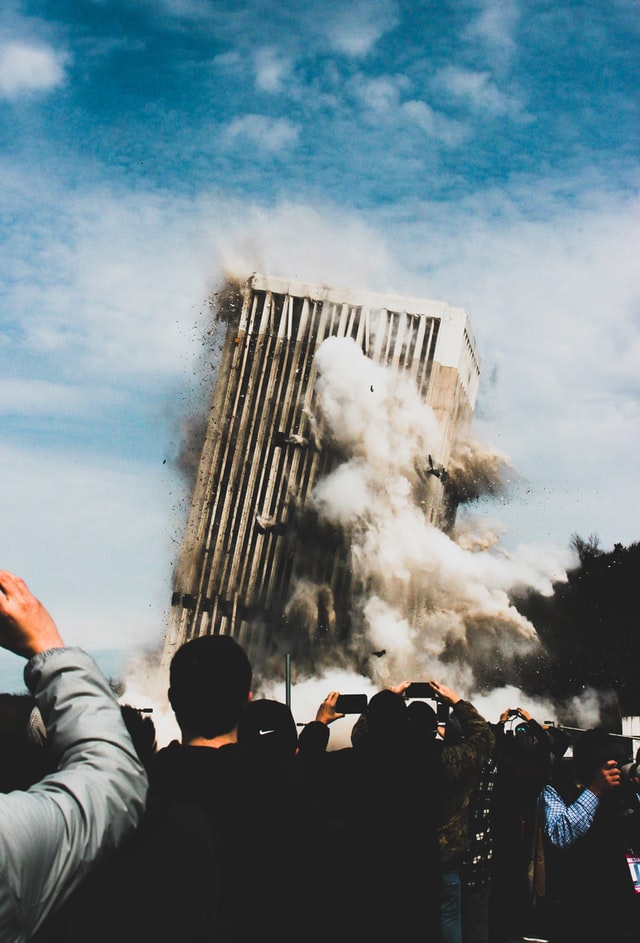
In the last post, we explained why we do not think the housing market is going to crash in 2022. However, if it were to crash what can we watch out for as indicators of an upcoming dip? More importantly, are there any of those signs currently occurring?
The price of homes is determined by supply and demand, different variables are going to affect supply and demand differently. Each of those variables is going to affect each other also. The big player in today’s housing market is the skyrocketing interest rates. During the pandemic, the Federal Reserve turned on the printing presses by bringing the interest rates down to zero. As can be expected by decreasing the price of money the price of a lot of assets went up. Because cheaper loan payments mean people could afford larger loans, thus they paid more for things like homes, stocks, businesses, and other real estate-based assets. As this money flowed through different industries, job wages increased, and many Americans had a huge boost in equity from their homes and investments in stocks, 401k, etc. Americans felt comfortable enough for spending to increase in other areas which lead to pricing going up across the board.
Inflation isn’t one cause and effect item. Inflation is simply the cost of something going up (or inflating). Inflation is caused by many things, sometimes it is simply the decision of a business to up its prices, sometimes its supply and demand issues of the product, and sometimes it is because of excess currency in the system. I say this because right now the Federal Reserve is increasing the federal funds rate to increase the price of money, thus making it more expensive to borrow money, slowing down the economy in many ways. However, a lot of the current inflation is not happening directly because of the increase of currency in our economy. Two very important aspects of inflation are currently being driven by the war in Ukraine, both food and energy are heavily produced from these regions in the world. Food shortages and fuel shortages are resulting, which naturally increases their prices. We have all been feeling that at the gas pump.
While Inflation doesn’t have one cause and effect, the federal reserve is a one-trick pony in how to deal with inflation. Raise rates to slow down the economy (and inflation) and lower rates to stimulate the economy. This may not be successful due to in part the Ukraine crisis. Inflation did not peak in March as expected, it dipped down a tad in April and back up again in May. The continued shortage of food and oil will increase their prices. If this trend continues the federal reserve may get more and more aggressive to fight this inflation. The more federal fund rates go up (and the ten-year treasury yield) which puts extra downward pressure on home affordability.
Homes are already getting less traction due to current hikes. Less traction means homes are starting to stay on the market a little longer. People are worried about real estate slowing down and experiencing much of what made the market go up FOMO. They don’t want to miss out on the hot market. So, more people put their homes on the market as fewer are being sold. This increases the supply of homes while demand is decreasing, which eventually can lead to enough downward pressure to push prices down. Will it mean a crash in 2022? Doubtful, real estate tends to be a slow-moving and slow-reacting market. There may not even be a true crash at all (30% price reduction or more), There may simply be a light correction or simply a leveling off. It all depends on how much downward pressure gets applied to the market. So, to see the future of real estate keep your eyes on the FED.
